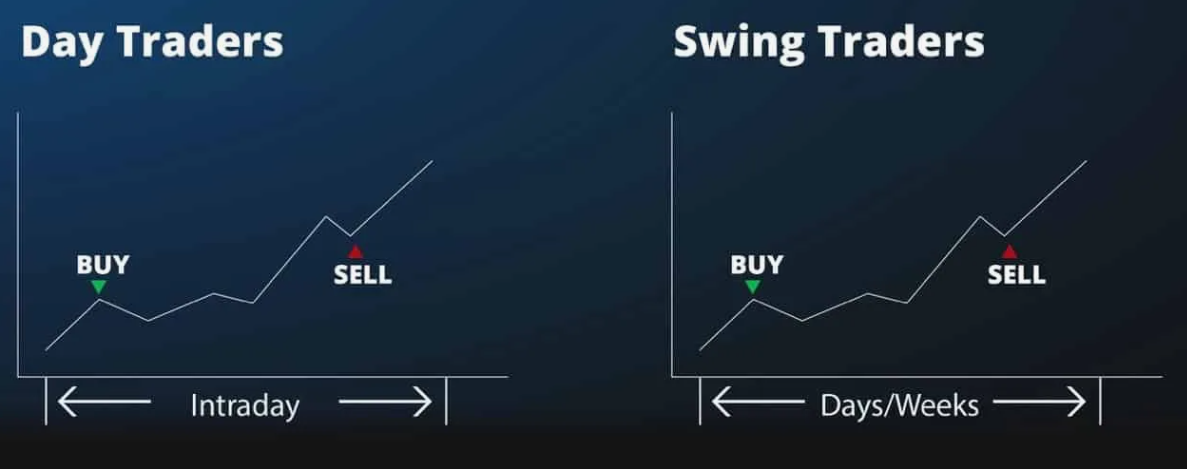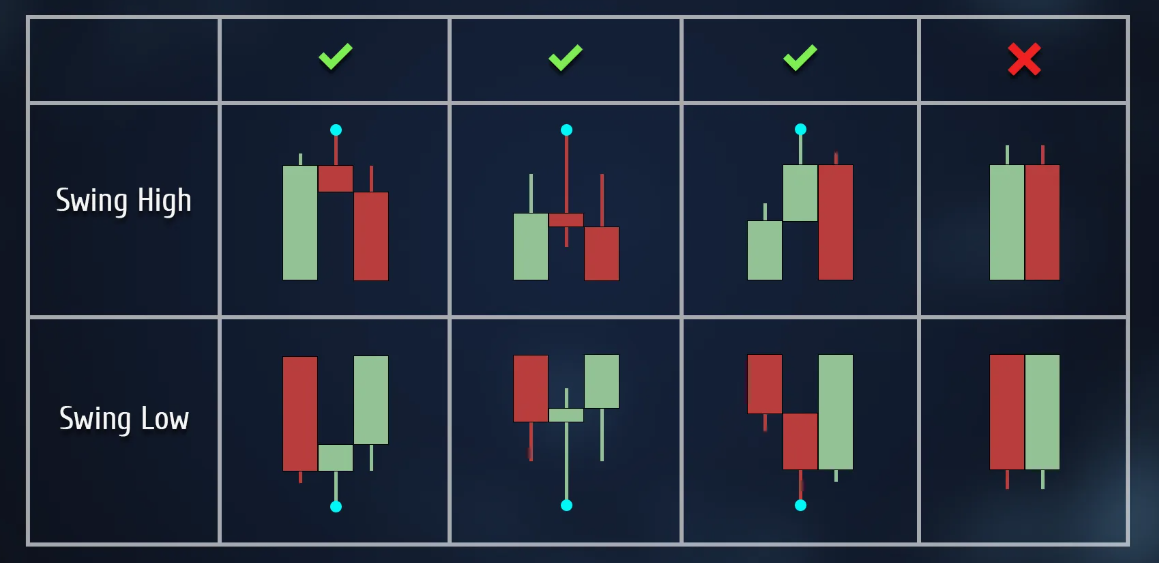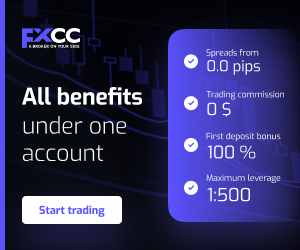Day Trading vs. Swing Trading
The financial market offers two primary trading methods which include day trading and swing trading. The two trading methods require different strategies and time commitments and risk management approaches. The identification of fundamental differences between these trading styles enables traders to select methods which match their objectives and availability and risk capacity.
The trading strategy of day trading requires traders to make numerous transactions during a single trading day. The market session closure marks the time when traders need to exit their positions to prevent overnight market exposure. The trading style needs traders to stay attentive to markets throughout the day and make swift choices through short-term technical patterns and economic news releases and momentum indicators.
Swing traders maintain their positions between several days and up to multiple weeks. The strategy of swing trading focuses on identifying major market movements through medium-term trend analysis. Swing traders use technical indicators which include moving averages together with support and resistance levels and trendlines in their trading decisions. The trading method provides traders with more flexibility because it works well for those who need to manage other responsibilities.
What is day trading?
The main goal of day trading consists of earning profits from small price movements in liquid financial instruments including major currency pairs and stock indices and commodities. The practice of not holding positions overnight helps traders avoid the risks that come from overnight news events and unexpected market gaps.
The main analytical method used by day traders is technical analysis. Technical analysis tools including moving averages and Bollinger Bands and momentum oscillators such as the Relative Strength Index (RSI) help traders determine their entry and exit points. A day trader would search for EUR/USD price movements above resistance or below support levels when the pair remains in a tight range because they aim to achieve 20–40 pip profits.
The strategy heavily depends on leverage as a key component. A retail forex trader using a 1:30 leverage ratio can control a $30,000 position through their $1,000 account. Through this system traders can manage positions worth $30,000. The increased exposure from leverage requires traders to maintain strict risk management practices. Traders set stop-loss orders between 5–15 pips to restrict their losses and they set take-profit targets between 10–50 pips based on currency pair behavior and market volatility.
What is swing trading?
Swing trading functions as a trading method which seeks to profit from price movements that occur across multiple days and weeks. The strategy relies on market trend and reversal detection to establish positions which allow traders to profit from price swings. The main difference between swing trading and day trading lies in their market focus since swing traders analyze broader market patterns instead of short-term price movements.
The fundamental basis of this method depends on technical analysis. Swing traders depend on MACD indicators together with Fibonacci retracement levels and trendlines to determine their entry and exit points. The GBP/USD price breaking through a significant resistance level and creating a new higher low indicates the beginning of an upward trend. The swing trader would initiate a buy position to profit from a 100–200 pip price movement which would last for several days.
Swing traders analyze both macroeconomic indicators together with fundamental data when making their trading decisions. The Federal Reserve and European Central Bank interest rate decisions create directional changes in currency pairs which extend beyond a single trading day. The combination of technical and fundamental analysis enables traders to make better decisions and improve their trade timing.
A swing trader with $5,000 in their account uses 1:10 leverage while setting each trade risk at 2% of their total balance. The $100 risk amount guides the placement of stop-loss orders based on market conditions. The extended timeframes result in fewer trading opportunities yet each trade targets bigger pip value amounts.

Key differences between day trading and swing trading
The main differences between day trading and swing trading emerge through their distinct trade duration requirements and capital needs and risk management and time dedication. Traders should evaluate their resources and preferences to determine which trading approach suits them best.
The main difference exists in the duration of trading. Day traders execute all their trades within short periods ranging from minutes to hours before market closure. Swing traders maintain their positions for multiple days up to weeks to allow market trends to unfold.
The risk exposure for day traders stems from intraday market volatility which news releases and sudden market sentiment changes can trigger. Stop-loss levels are tighter, often in the 5–20 pip range. Swing traders establish wider stop-loss distances between 50–200 pips to handle extended market movements which raises overnight risks but minimizes the requirement for continuous monitoring.
The use of leverage together with margin requirements shows different patterns between these trading approaches. A broker provides leverage at 1:30 to its clients. The day trader uses several small positions with short targets to build their profits. Swing traders select fewer trades to invest more capital in each position for bigger price movements.
Time commitment is another distinction. Swing traders need to check their positions only occasionally because day traders need to focus on their trades during market hours.
What type of trader are you?
The selection between day trading and swing trading depends on personal availability of time and individual personality traits and comfort with market volatility. Traders who have continuous trading hours and want fast market decisions tend to perform better in day trading. The trading style matches individuals who can perform well under stress and prefer to interact with market data regularly. A trader starts their platform session during the London market opening and performs five trades within the following four hours. This trading system matches the needs of people who need immediate market feedback and fast trade settlements.
Swing trading appears to be more suitable for traders who have restricted daily screen time and other responsibilities to manage. Swing traders perform chart analysis during evenings or weekends to execute fewer trades with longer intervals between them. A full-time worker can review charts in the evening to set limit orders which will execute trades over multiple days while checking the trade progress occasionally.
Psychological comfort also plays a role. Day traders need to recover from their small wins and losses quickly because they face many of them throughout the trading day. Swing traders need to maintain their composure during overnight market movements because they hold their positions for extended periods.

Tools, costs, and platforms
The specific requirements for tools and platforms differ between day trading and swing trading because each strategy needs distinct features. The understanding of cost structures together with software capabilities and hardware requirements enables better efficiency and minimizes unnecessary expenses.
The success of day traders depends on platforms which deliver low-latency execution and real-time charting capabilities. The MetaTrader 4 and MetaTrader 5 platforms serve traders well because they provide customizable indicators and one-click trading functionality and economic news integration. The trader who monitors EUR/USD during U.S. inflation data release events requires both quick execution and minimal delay.
Swing traders depend on charting tools but they prioritize historical data analysis together with order management capabilities. TradingView provides advanced charting tools with multiple timeframe analysis which helps traders identify longer-term support and resistance zones.
The costs between these trading styles differ. Day traders pay higher spread and commission expenses because they execute many trades throughout the day. The daily execution of 10 trades with a 1.2 pip spread per trade results in a total spread cost of 12 pips. The accumulation of these costs through time will impact profitability unless traders include them in their risk-reward calculations. The reduced number of trades executed by swing traders leads to lower transaction costs which can produce better net results when their trades are properly timed.
Risk management considerations
Risk management systems function differently between day trading and swing trading because they adapt to trading duration and position size and trading frequency. The essential requirement for long-term sustainability involves proper management of downside exposure regardless of trading strategy.
Day traders execute multiple trades while maintaining small stop-loss distances. The USD/JPY position starts with a 10-pip stop and a 20-pip target. The risk-reward ratio of 1:2 helps traders recover from occasional losses by generating profits from fewer successful trades. The high number of trades in day trading requires traders to maintain low risk exposure per trade at 0.5% to 1% of their account balance to prevent excessive drawdowns.
Swing traders need to handle their risks throughout extended trading periods. A swing trade on GBP/USD requires traders to set a 100-pip stop and a 200-pip target because it reflects larger market price movements. The number of trades each month remains low so traders can increase their risk exposure to 2% provided it matches their strategic plan and acceptable drawdown boundaries.
The use of leverage affects trading operations. A trader who uses 1:20 leverage on a $10,000 account can manage positions worth $200,000 but must handle the increased market exposure with caution. The process involves determining pip value followed by lot size adjustment to maintain trades below established loss limits.
Conclusion
The selection of trading strategy depends on individual factors including time availability and comfort with decision speed and risk tolerance and preferred trade frequency.
A trader who maintains a full-time job needs to monitor markets throughout the day. Swing trading enables traders to analyze markets during evenings while managing trades infrequently. The choice between day trading and swing trading depends on having flexible hours and real-time tools access for short-term price movement opportunities. Both trading methods need discipline and structured routines and risk control to succeed without any guarantees.
The development of a strategic plan with specific targets and journaling and demo account testing leads to long-term trading improvement regardless of the chosen path. The most effective way to progress in trading involves increasing position size only after achieving consistent results rather than pursuing rapid gains.


